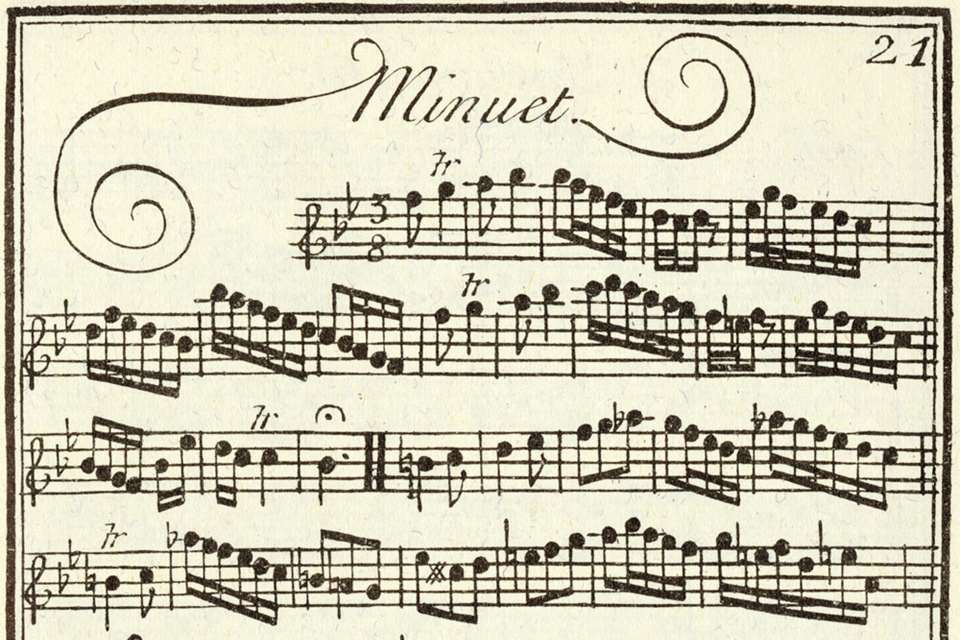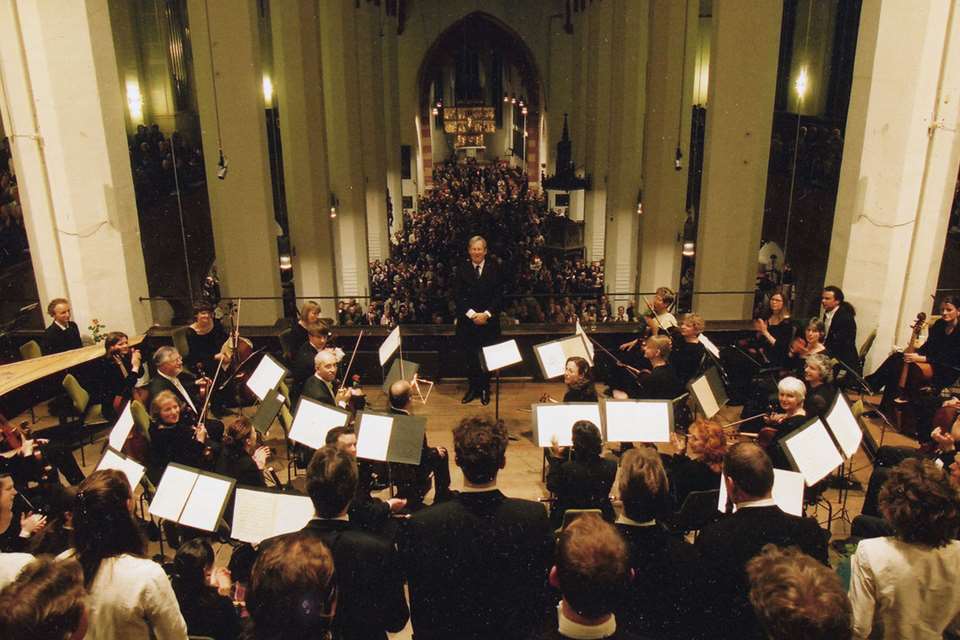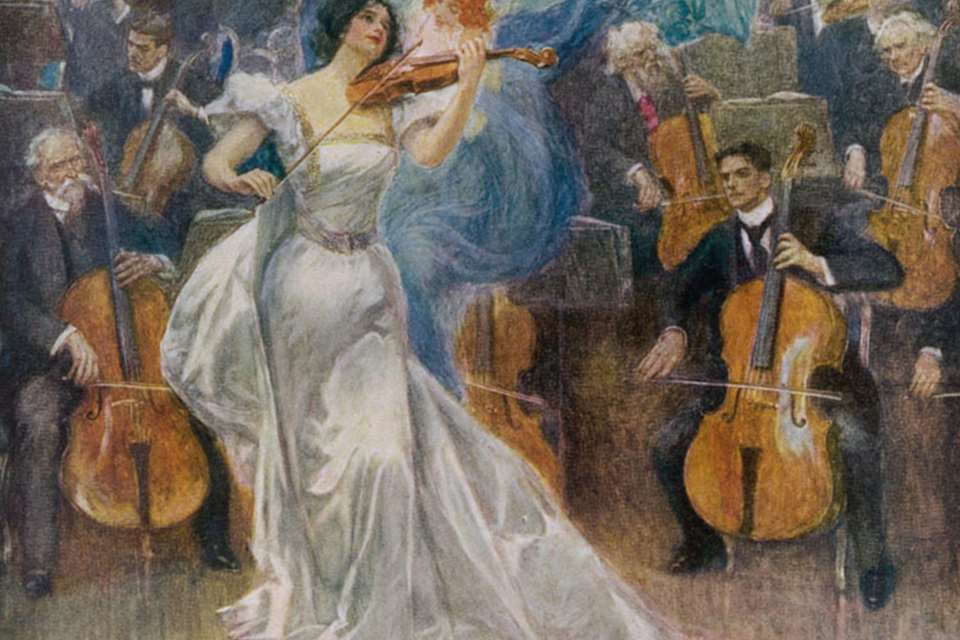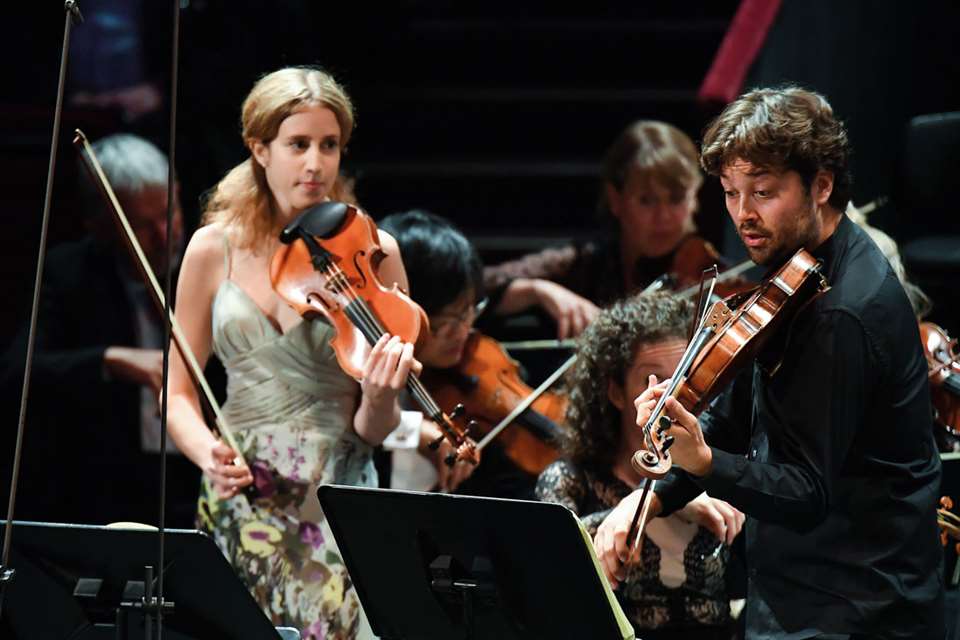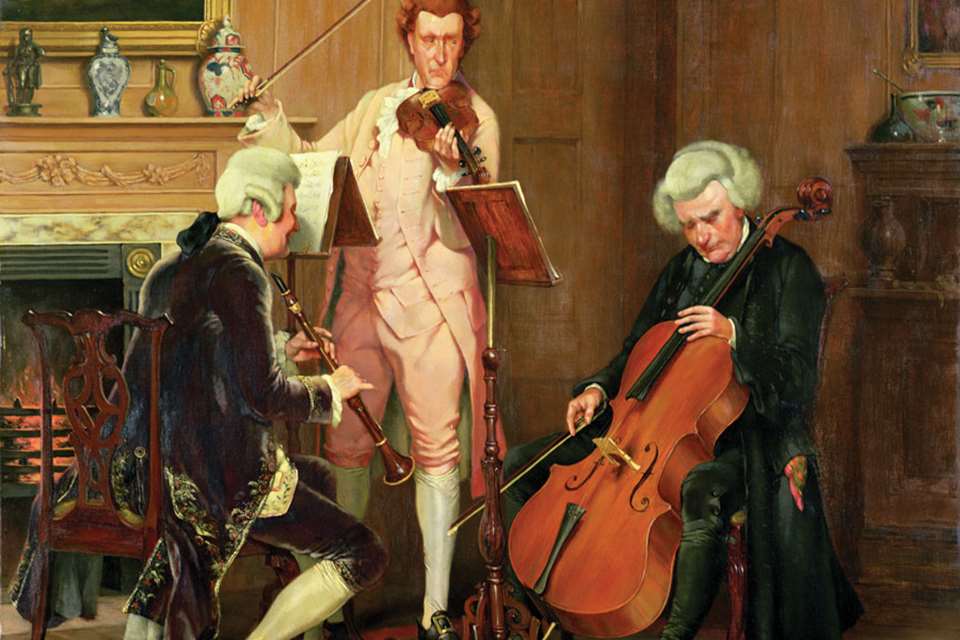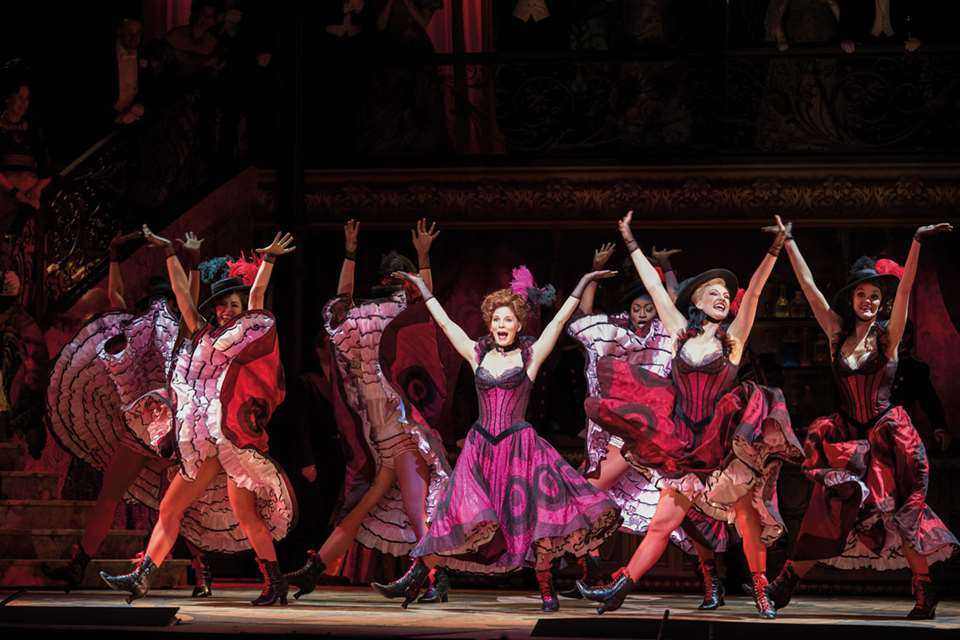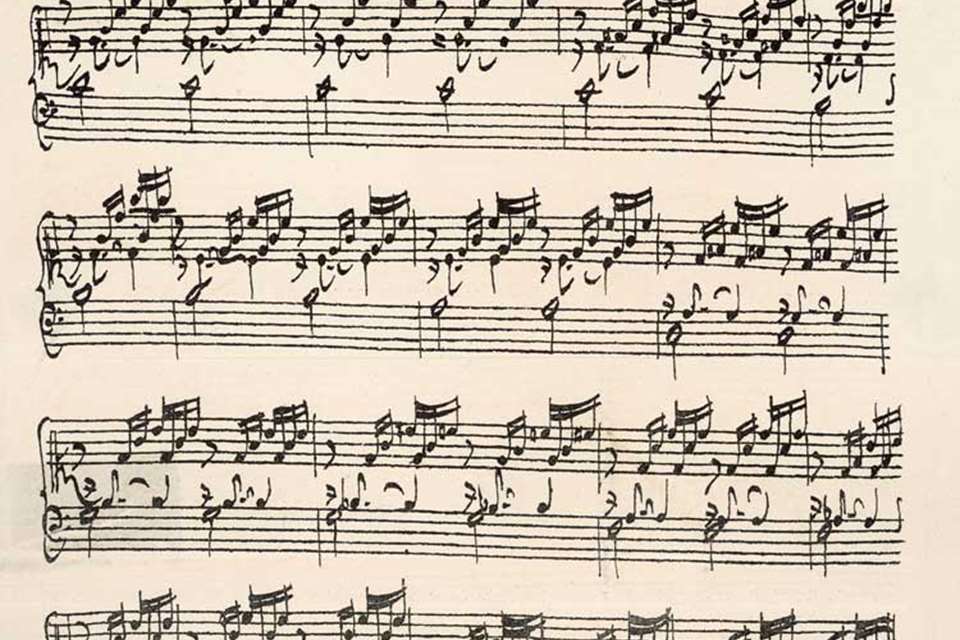What is a Symphony?
Richard Bratby
Wednesday, February 1, 2023
Have you ever wondered what a symphony actually is? Richard Bratby traces the history and development of the musical form over the centuries
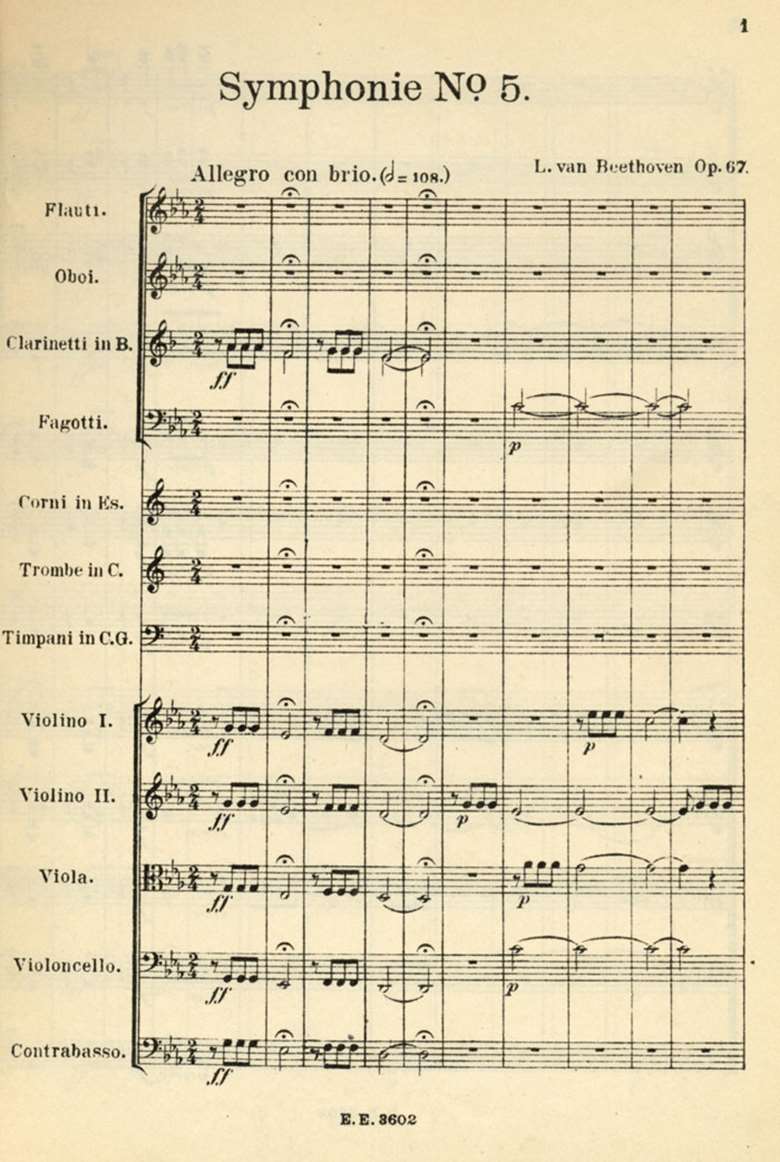
Register now to continue reading
Thanks for exploring the Gramophone website. Sign up for a free account today to enjoy the following benefits:
- Free access to 3 subscriber-only articles per month
- Unlimited access to our news, podcasts and awards pages
- Free weekly email newsletter




